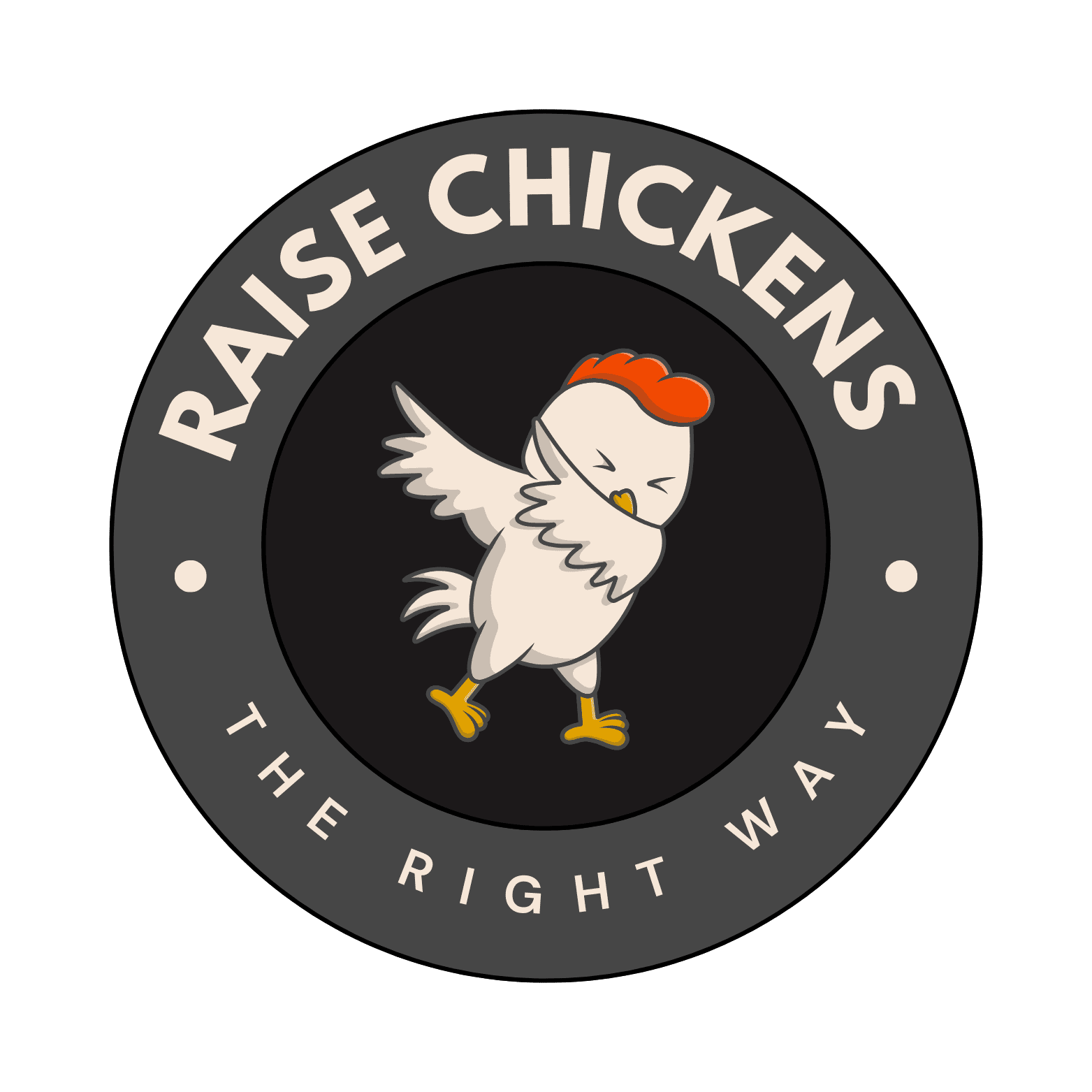Understanding Parasitic Blindness in Chickens: A Farmer’s Complete Guide
After spending over two decades raising chickens on my family farm, I’ve encountered my fair share of health challenges. But there’s one condition that still sends shivers down my spine – parasitic blindness. I’ll never forget the first time I noticed one of my hens acting strangely, bumping into feeders and walking in circles. That’s when my journey to understand and combat this devastating condition began.
What Exactly is Parasitic Blindness?
In my experience, parasitic blindness in chickens is primarily caused by eye worms (Oxyspirura mansoni). These nasty little creatures are picked up when chickens eat infected cockroaches or other insects that serve as intermediate hosts. It’s not a pretty sight, and it’s certainly not something any chicken keeper wants to deal with.
Recognizing the Early Warning Signs
I’ve learned to spot the symptoms early, and believe me, timing is everything when it comes to treatment. Here are the key signs I’ve observed over the years:
The Progressive Nature of Eye Inflammation
From what I’ve witnessed, the inflammation typically starts subtly. You might notice your chicken’s eye looking slightly irritated or red. Within days, if left untreated, the condition can worsen dramatically. The eye might become completely swollen, and you’ll see your once-active bird becoming increasingly distressed.
Vision Loss: The Critical Stage
I can’t stress enough how quickly vision loss can progress. In my experience, what starts as mild discomfort can lead to complete blindness in just a matter of weeks. I’ve seen perfectly healthy chickens go from showing minor symptoms to being completely blind in one or both eyes. It’s heartbreaking, but with proper intervention, it’s often preventable.
Treatment Options That Actually Work
Over the years, I’ve developed a comprehensive treatment approach. Here’s what I’ve found most effective:
Antiparasitic Medications: The Game Changer
I’ve had great success using ivermectin-based medications. However, it’s crucial to get the dosage right. I always recommend consulting with a veterinarian before starting any treatment protocol. In my experience, a combination of topical and systemic treatments works best. I typically see improvement within a week when treatment is started early enough.
Prevention: The Best Medicine
After dealing with several cases, I’ve become somewhat of an expert in prevention. Here’s what I do to protect my flock:
First, I maintain impeccable coop cleanliness. This means regular cleaning and disinfection of all surfaces. I’ve also implemented a robust pest control program to minimize cockroaches and other potential intermediate hosts.
Second, I’ve modified my feeding practices. I now use elevated feeders and ensure all feed is stored in sealed containers. This has significantly reduced the chances of my chickens consuming infected insects.
The Recovery Process
Recovery can be a long journey, and I’ve learned patience is key. Even with successful treatment, some birds may not regain full vision. However, I’ve been amazed at how well chickens can adapt. I’ve seen partially blind hens continue to lay eggs and live happy, productive lives with some minor adjustments to their environment.
